It was only after I made this dish that I discovered Butter Chicken, Indian Style, is a very popular Indian dish, and can be as varied as spaghetti sauce. It depends on the cook. It depends on the spices used. It depends on what part of India you’re from. It depends on the technique used. My only Indian cookbook didn’t have a recipe for this dish, so I turned to the internet. Right out of the box I found a video about it, which is very interesting. The origin of the dish, per wickedhowtos.com is historic:
- “Butter chicken (aka “Murgh makhani”) is an extraordinarily popular Indian dish that can be found at the top of menus in restaurants around the world. Butter chicken originated in Delhi, during the reign of the Mughal Empire. According to a documentary by the Discovery Channel, the murgh makhani curry was invented by a person employed amongst the kitchen staff of a famous Indian restaurant called Moti Mahal located in Daryaganj, the central region of Delhi. Even though its general recipe is widely known, the actual flavor can vary from restaurant to restaurant. . .”
You can watch the video of this dish, the full butter type, made by a chef at the Tamarind Restaurant (it’s a lot more complicated).
THIS recipe below came from Christie’s Corner, Charmian Christie’s blog, and I was intrigued because it said NO butter chicken. We like Indian food, and I have my fair share of Indian spices. We have several small markets nearby that carry more, much of it imported and not always translatable (by me, anyway). But this recipe used just turmeric and garam masala, both spices I keep in my spice cupboard. And the garam masala you can make yourself. I’ll include a recipe for that below, although I have a bottle of it from the grocery store.
In the true Butter Chicken method, there are a number of different steps. The sauce is made separately, the chicken marinated, grilled, then chopped. Well, I didn’t have time to do all that (we’d decided to go to a 7:30 movie and I didn’t start dinner until about 6 pm), so this easy recipe was right down my alley. But I’d also decided I was going to use chicken pieces. Certainly not authentic, but again, I didn’t have time to debone the chicken. So I improvised and made it all in one pot, using all the additions. I didn’t add the brown sugar, but the onions add plenty of sweetness in my book. I had Greek yogurt and used more water than Charmian did, to keep the sauce from burning.
This dish was not only easy, but delicious. I served it on millet (most Indians serve this with naan and possibly over rice too). Interestingly, millet is a common Indian staple, so even though it’s not authentic for this dish, it could be. If you happen to use chicken pieces, I recommend you remove the skin, as it isn’t very appetizing to eat once this is cooked. You could also remove the meat from the chicken after the chicken is fully cooked. I just didn’t have time for that, either. Don’t be tempted to use sour cream in this (it separates when simmered). That’s why using yogurt is such a good “cream” for sauced dishes. And if you use the Greek style, it’s already very thick. But, however you make it, you should try this.
printer-friendly PDF
Bal’s No-Butter Chicken
Recipe By: Adapted from Bal Arenson’s Everyday Indian: 100 Fast, Fresh and Healthy Recipes, source: Christie’s Corner blog
Serving Size: 4
NOTES: I used chicken pieces (with bones) because I was short on time. You can also cook the chicken in the sauce, remove them and debone, which would likely be even better. It’s the sauce that gives this such good flavor.
Serving Ideas: Can be served over rice, brown rice, millet, or with naan bread instead.
1/4 cup grapeseed oil
2 large onions — chopped
2 tablespoons garlic — finely chopped
2 tablespoons ginger — finely chopped
2 tablespoons tomato paste
1 tablespoon cumin seeds
1 tablespoon Garam Masala
1 tablespoon brown sugar — [Carolyn: optional]
1 teaspoon red pepper flakes
1 teaspoon ground turmeric
1 teaspoon salt
1 pound boneless skinless chicken breast — cut into bite-sized pieces, or use boneless thighs
3/4 cup yogurt — low-fat plain
1/4 cup water — or more as needed
1/4 cup cilantro — minced
1. Place the oil in a non-stick skillet over high heat, add the onions, and sauté until dark golden brown, about 30 minutes. Add the garlic and ginger, reduce the heat to medium, and cook for 2 minutes. Add the tomato paste and cumin seeds and cook for 30 seconds.
2. Reduce the heat to low, add the garam masala, brown sugar, red pepper flakes, turmeric, and salt, and cook for 2 minutes. Mix in the chicken and cook until the chicken is almost done, about 5 to 7 minutes. Add the yogurt and water, and cook until the chicken is fully cooked, about 5 minutes. If using chicken pieces, this needs to simmer about 20-30 minutes. Garnish with fresh cilantro.
3. You can use whipping cream instead of yogurt.
Per Serving: 338 Calories; 17g Fat (45.9% calories from fat); 30g Protein; 16g Carbohydrate; 2g Dietary Fiber; 72mg Cholesterol; 704mg Sodium.
And here’s the recipe for the Garam Masala:
Garam Masala
Source: The Complete Book of Spices by Jill Norman
1 cinnamon stick
1 bay leaf
20 grams cumin seeds (about 3 T)
17 grams coriander seeds (about 2 1/2 T)
10 grams cardamom seeds (about 1 T)
10 grams black peppercorns (about 1 T)
7 grams cloves (about 2 tsp)
7 grams ground mace (about 2 tsp)
Break the cinnamon stick into pieces. Crumble the bay leaf. Heat a heavy frying pan and after 2-3 minutes put in the whole spices. Dry roast over a medium heat until the color darkens, stirring or shaking the pan frequently to prevent burning. Leave to cool, then grind and blend with the mace. In an airtight container the mixture will keep for 3-4 months.
A year ago: Mocha Pecan Roll






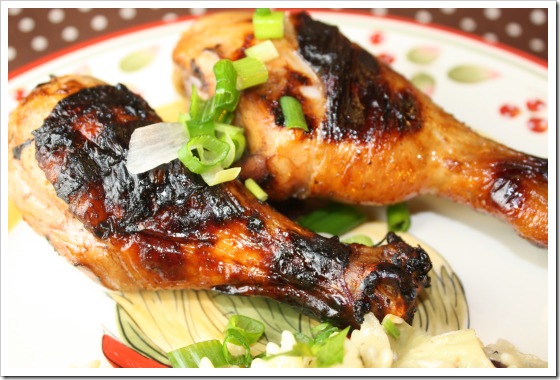
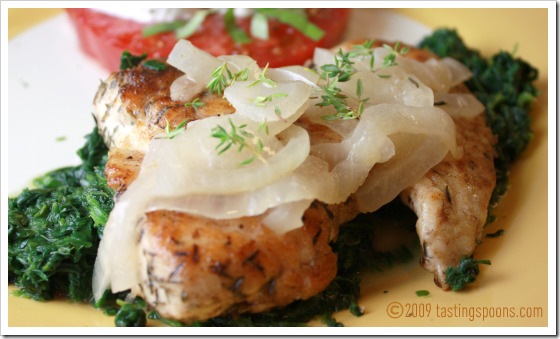

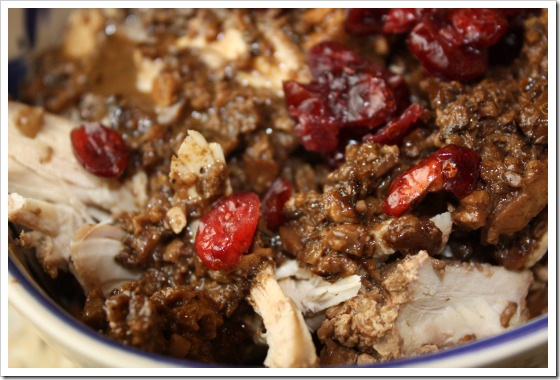

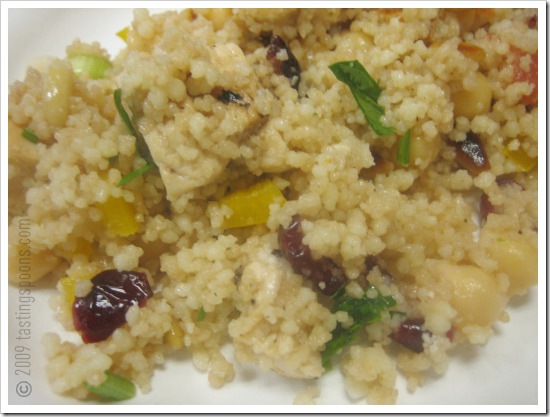
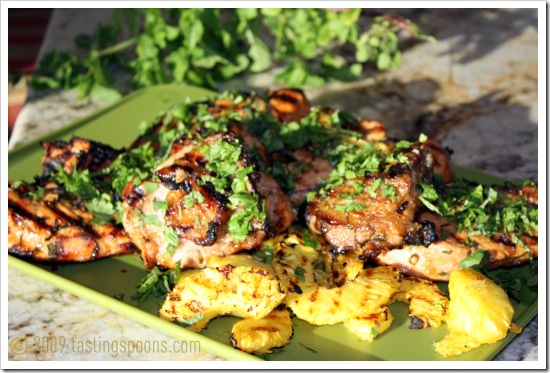
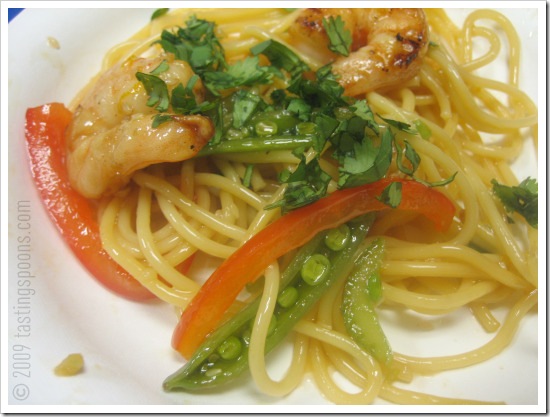
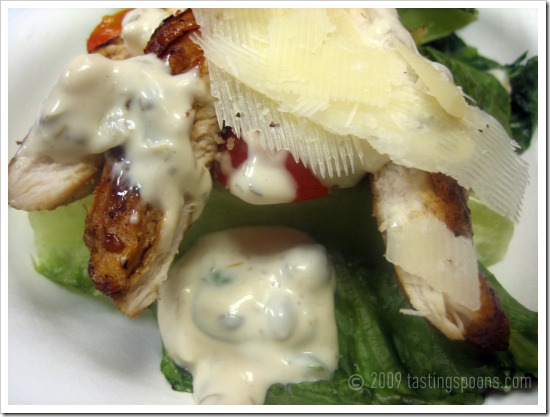
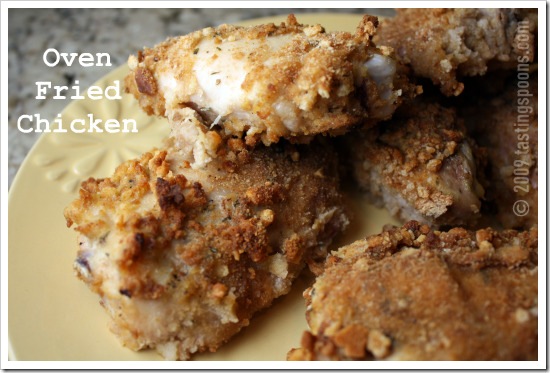
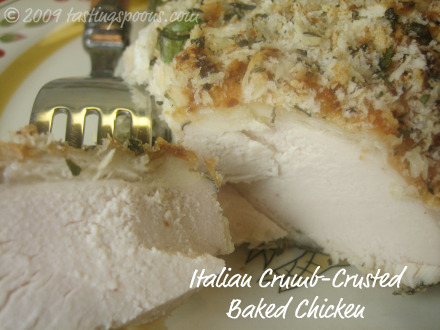
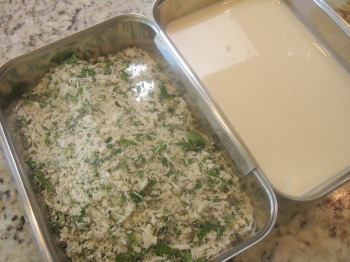
Leave a Comment!